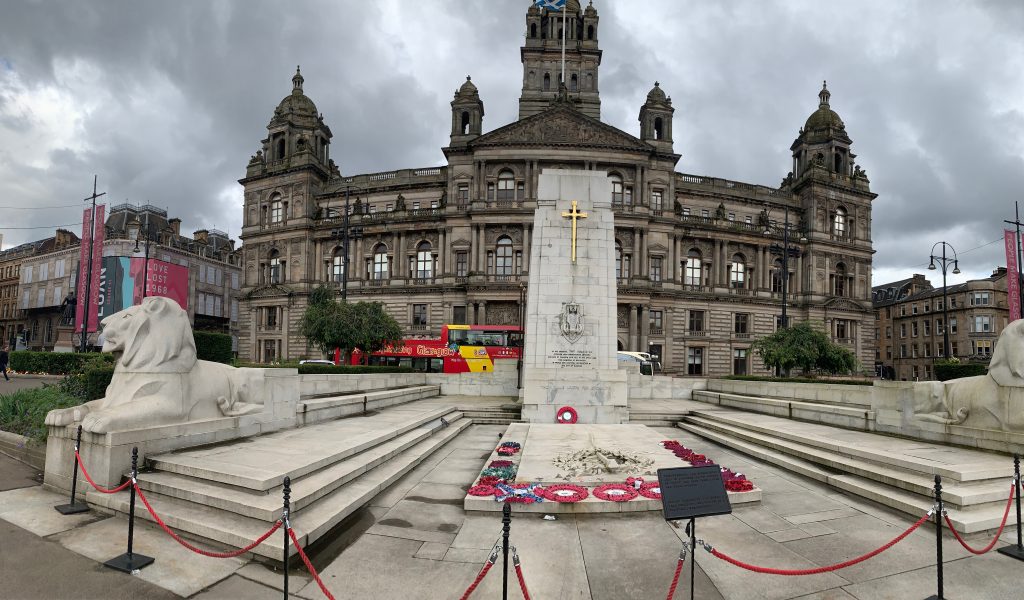
Glasgow isn’t just a city—it’s a living, breathing canvas of culture, industry, and rebellion. From its towering Victorian architecture to its vibrant street murals, from the haunting echoes of shipyards to the pulse of live music in pubs like The Clutha, Glasgow is a place that wears its history proudly while charging headlong into the future.
Whether you’re wandering the banks of the River Clyde or catching a performance by Clann an Drumma, Glasgow grabs you by the collar and says, “Here’s who I am—take it or leave it.” And trust me, you’ll want to take it.
🏛️ Architecture: A City Built to Impress
Glasgow’s architectural landscape is a masterclass in grandeur and grit. The city flourished during the 19th century, when it became one of the wealthiest industrial hubs in the world. That prosperity is etched into its buildings:
- Victorian and Edwardian Splendor: The city center is lined with sandstone masterpieces like the City Chambers, Glasgow Central Station, and Kelvingrove Art Gallery and Museum. These buildings reflect the city’s imperial wealth and civic pride.
- Charles Rennie Mackintosh: Glasgow’s most celebrated architect and designer, Mackintosh blended Art Nouveau with Scottish tradition. His work can be seen in the Glasgow School of Art, House for an Art Lover, and Willow Tea Rooms.
- Modern Marvels: The city hasn’t stopped building. The SEC Armadillo and Riverside Museum, designed by Zaha Hadid, showcase Glasgow’s embrace of contemporary design.
Glasgow’s architecture isn’t just beautiful—it’s bold, unapologetic, and deeply tied to its identity.
🎨 Murals: Glasgow’s Open-Air Gallery
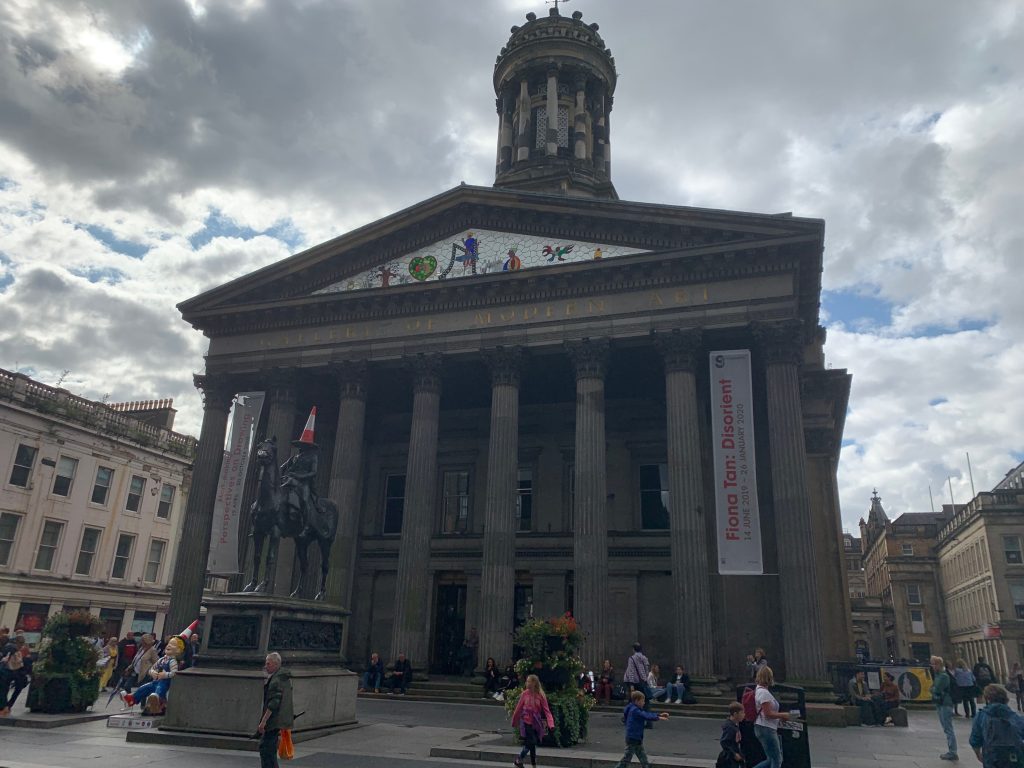
In recent years, Glasgow has transformed its walls into canvases. The City Centre Mural Trail is a celebration of public art, storytelling, and urban renewal.
- The St Mungo Mural by Smug (Sam Bates) is a stunning tribute to the city’s patron saint, reimagined as a modern man cradling a robin.
- The Clutha Mural, painted on the side of The Clutha Bar, honors musicians, poets, and political figures who shaped Glasgow’s soul.
- Other murals depict wildlife, working-class heroes, and surreal dreamscapes—each one adding color and character to the city’s streets.
These murals aren’t just decoration—they’re declarations. They tell Glasgow’s story in paint and passion.
🍺 The Clutha Bar: Music, Memory, and Meaning
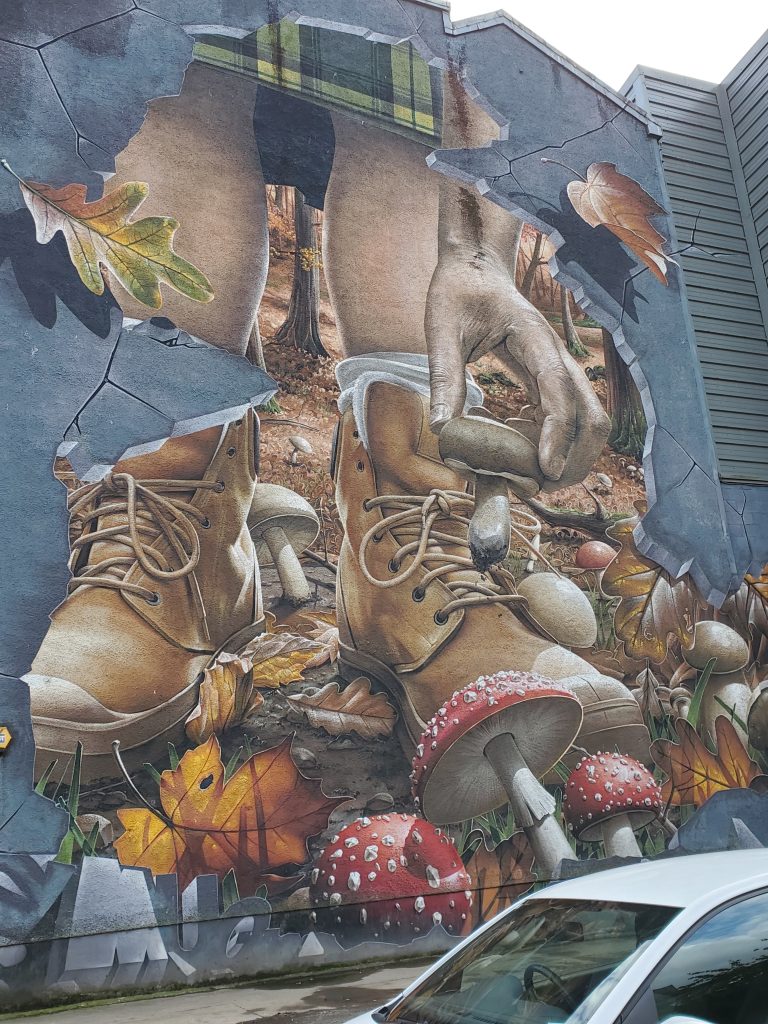
Nestled on the banks of the Clyde, The Clutha Bar is more than a pub—it’s a cultural institution. Known for its live music, eclectic crowd, and gritty charm, The Clutha has hosted everyone from local legends to international acts.
In 2013, tragedy struck when a police helicopter crashed into the pub, killing ten people. The city mourned, but The Clutha rebuilt—stronger, louder, and more defiant than ever. Today, it stands as a symbol of Glasgow’s resilience and its unwavering love for music and community.
Step inside, and you’ll find walls covered in memorabilia, a stage that never sleeps, and a crowd that knows how to listen—and how to sing along.
🥁 Clann an Drumma: The Sound of Scottish Defiance
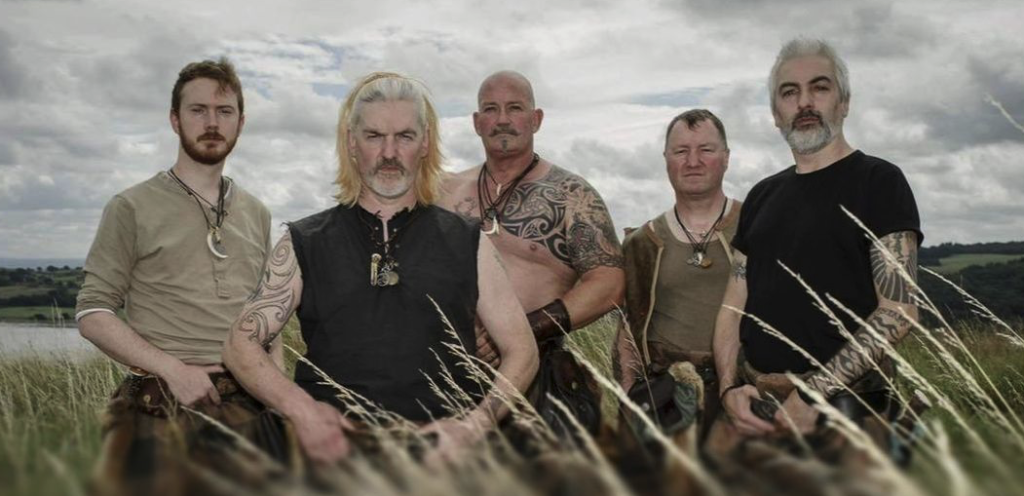
If you want to hear Glasgow’s heartbeat, listen to Clann an Drumma. This tribal drumming group blends traditional Scottish pipes with thunderous percussion, creating a sound that’s primal, powerful, and unmistakably Glaswegian.
Their music evokes ancient battles, Highland pride, and modern rebellion. You’ll hear them at festivals, street performances, and cultural events—always drawing a crowd, always stirring something deep.
Clann an Drumma isn’t just a band. They’re a movement. A reminder that Scotland’s spirit is loud, proud, and impossible to ignore.
🌊 The River Clyde: Lifeblood of a City
The River Clyde is Glasgow’s spine—its industrial artery and poetic muse. For centuries, the Clyde powered shipbuilding, trade, and transformation.
- Shipbuilding Legacy: Glasgow was once the shipbuilding capital of the world. Names like John Brown & Company and Fairfield Shipyard built vessels that sailed every ocean.
- Modern Renewal: Today, the Clyde is lined with museums, parks, and modern developments. The Riverside Museum tells the story of transport and industry, while the Clyde Walkway offers stunning views and peaceful strolls.
The Clyde has seen it all—warships, workers, and wanderers. And it still flows, carrying Glasgow’s past and future side by side.
⚙️ Industry: From Steel to Silicon
Glasgow’s industrial roots run deep. In the 19th and early 20th centuries, the city was a powerhouse of:
- Shipbuilding
- Steel production
- Locomotive manufacturing
- Textiles and chemicals
But Glasgow didn’t fade when the factories closed. It reinvented itself:
- Creative Industries: Film, design, and digital media thrive here. The city is a UNESCO City of Music and a hub for artists and innovators.
- Education and Research: With institutions like the University of Glasgow and Strathclyde University, the city leads in engineering, medicine, and environmental science.
- Green Technology: Glasgow is investing in sustainability, with projects focused on renewable energy, smart infrastructure, and climate resilience.
From soot to software, Glasgow keeps building.
🕰️ Historical Tidbits Worth Knowing
- St. Mungo: The city’s patron saint, whose miracles are immortalized in the city’s coat of arms—“Here is the bird that never flew, the tree that never grew, the bell that never rang, the fish that never swam.”
- The Glasgow Necropolis: A Victorian cemetery on a hill overlooking the city, filled with elaborate tombs and eerie beauty.
- The Glasgow Effect: A term used to describe the city’s unique health challenges, tied to its industrial past and social inequality. It’s a reminder of the city’s complexity—and its ongoing fight for justice.
- Red Clydeside: In the early 20th century, Glasgow was a hotbed of socialist activism and labor movements. Figures like John Maclean and Mary Barbour led strikes and protests that shaped British politics.
Final Thoughts
Glasgow is a city that doesn’t whisper—it shouts. It sings. It drums. It paints its soul on walls and pours it into pints. It remembers its past with pride and faces its future with fire.
Whether you’re tracing the Clyde, dancing at The Clutha, marveling at murals, or feeling the thunder of Clann an Drumma in your chest, Glasgow will move you. It’s not just a place to visit—it’s a place to feel.
And once you’ve felt it, you’ll never forget it.
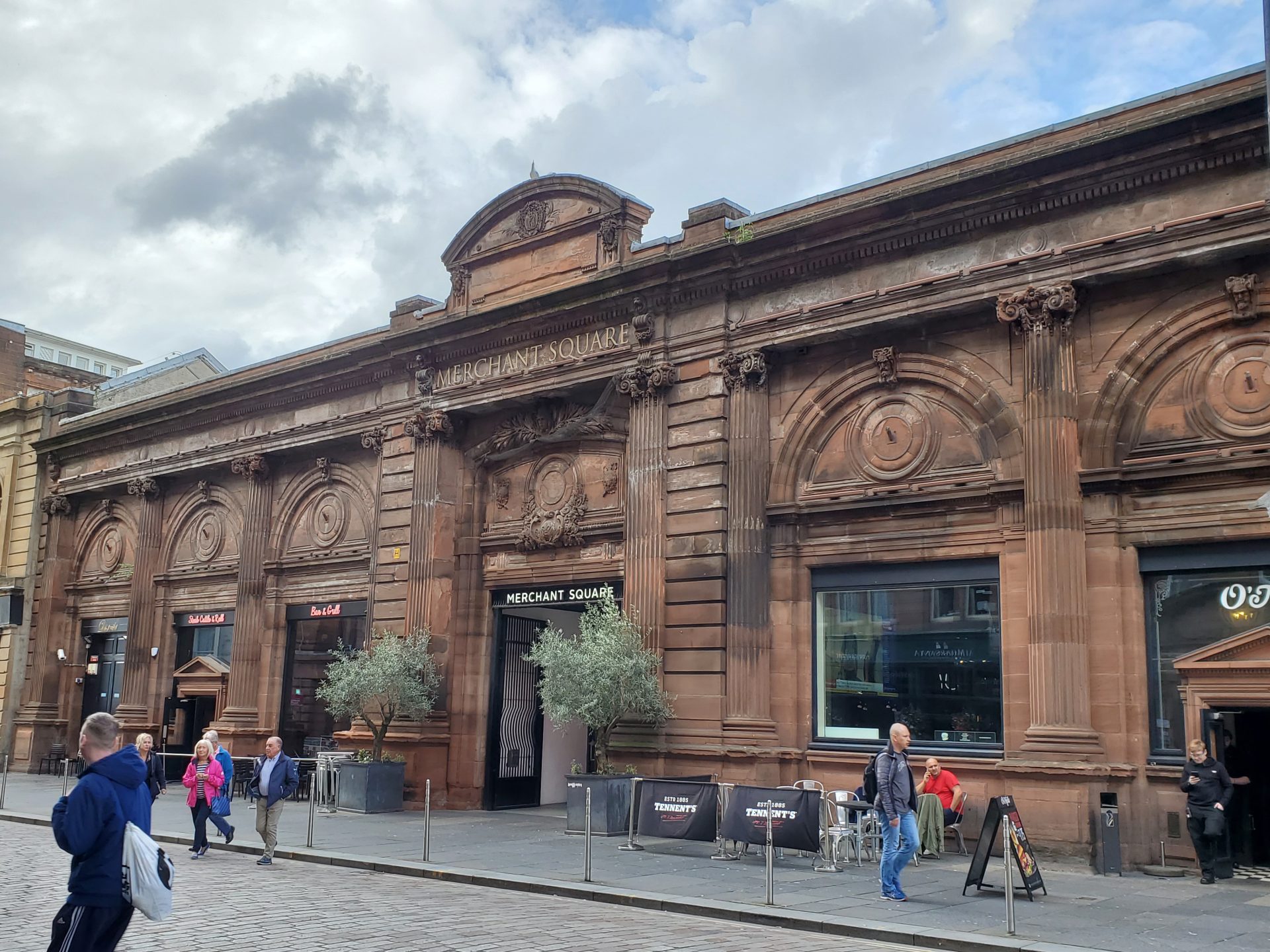
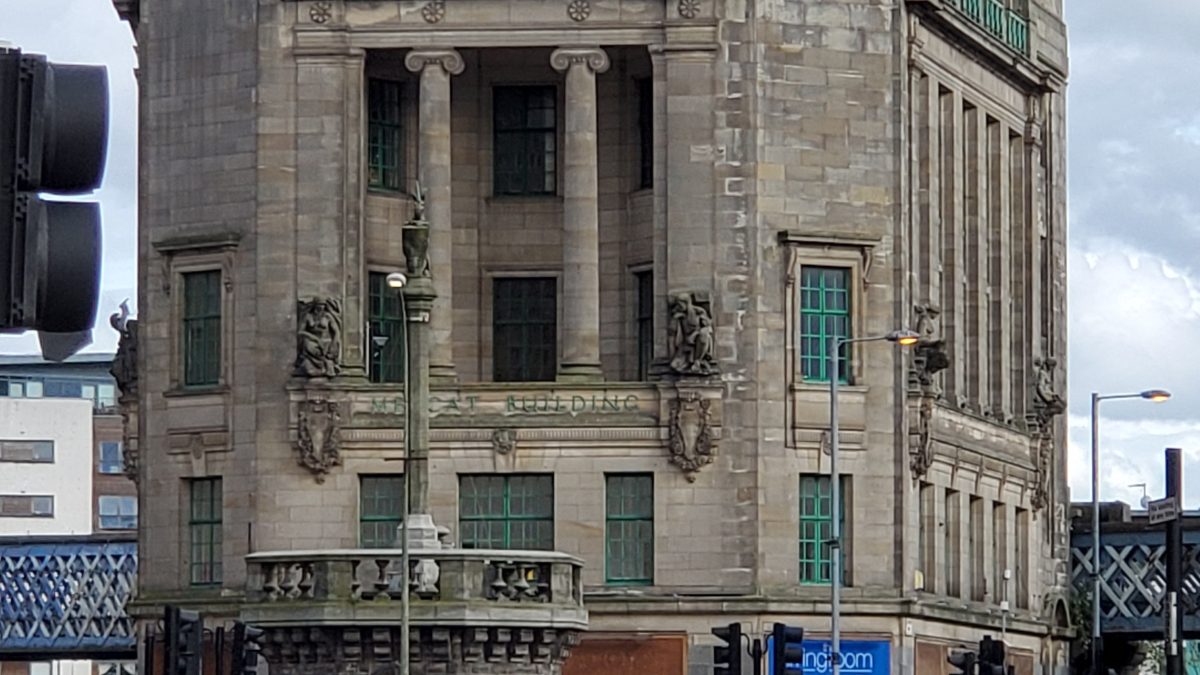
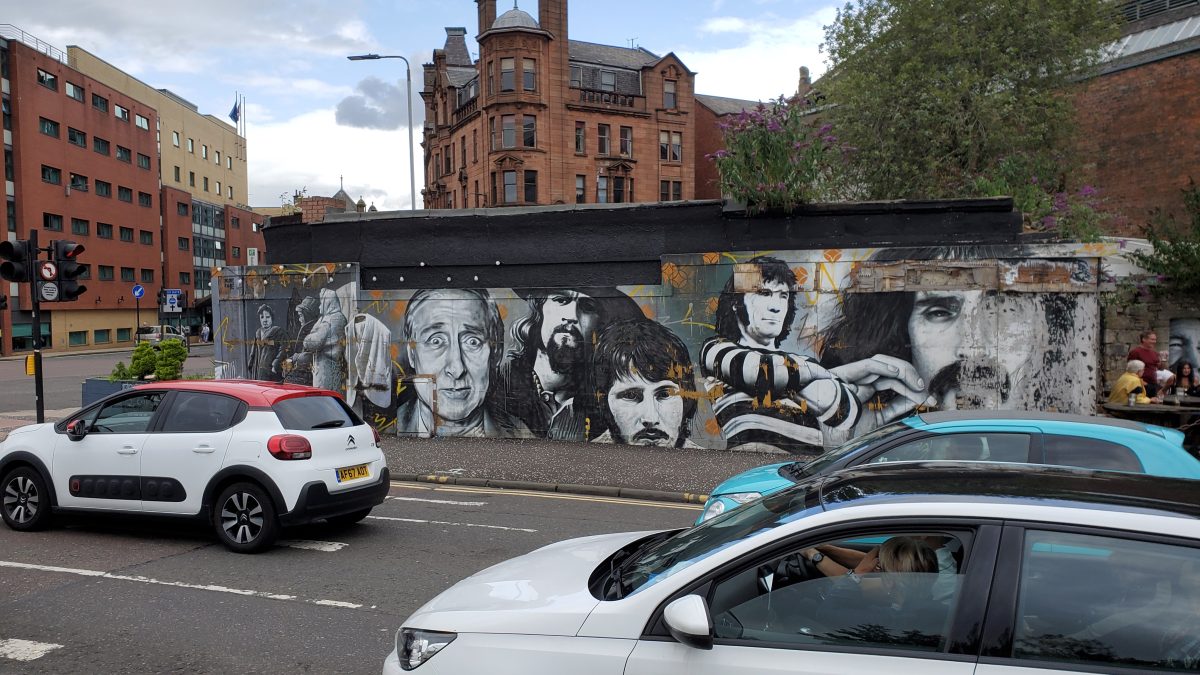
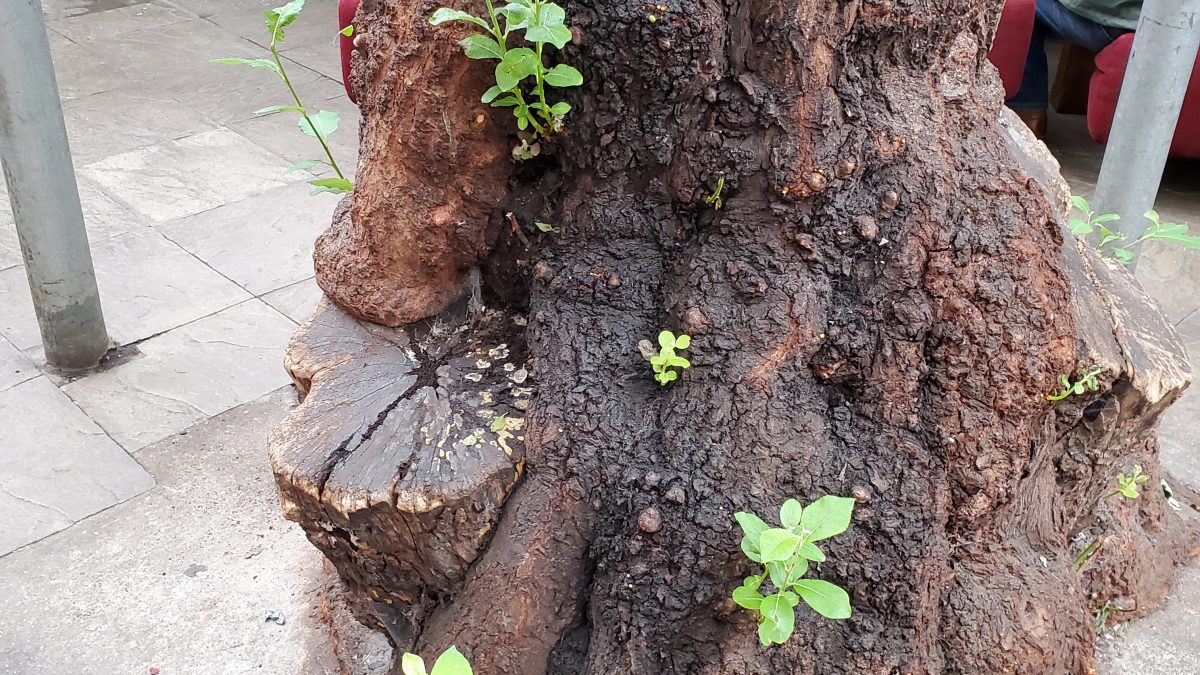
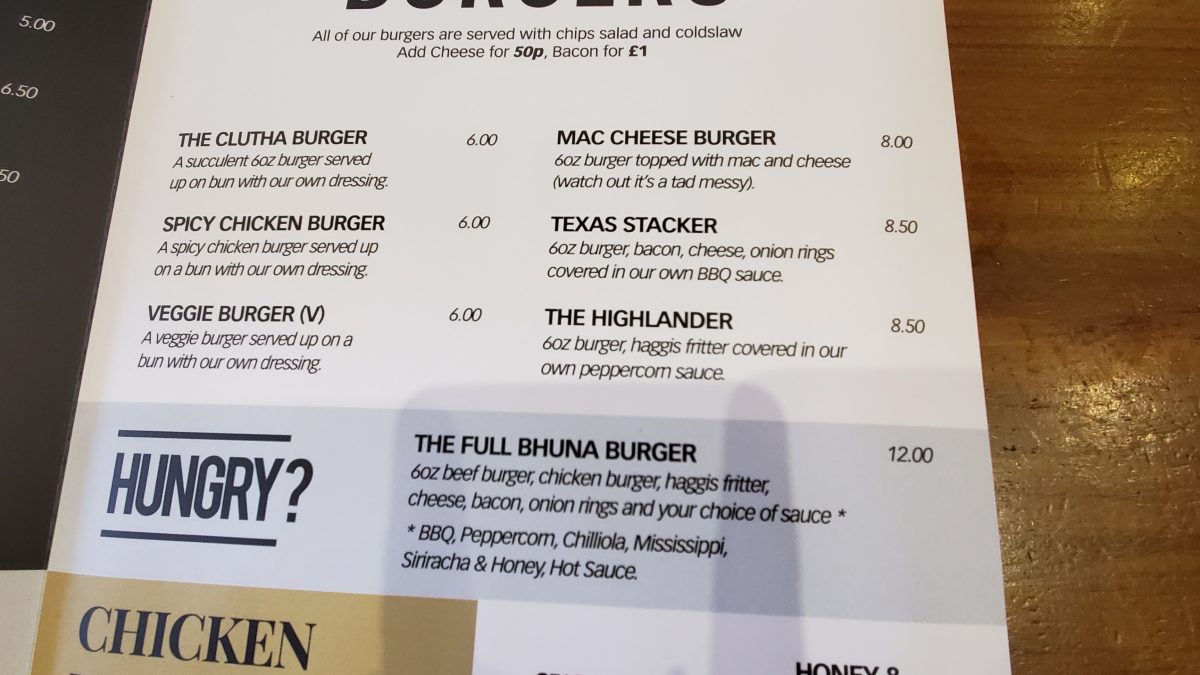
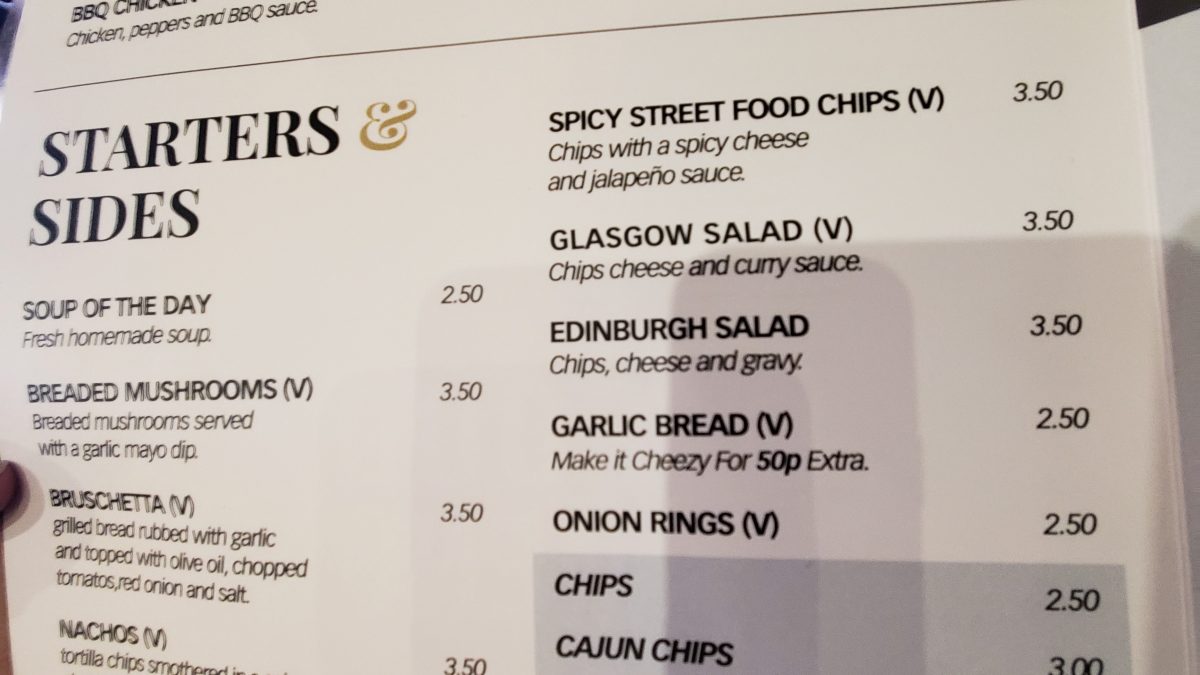
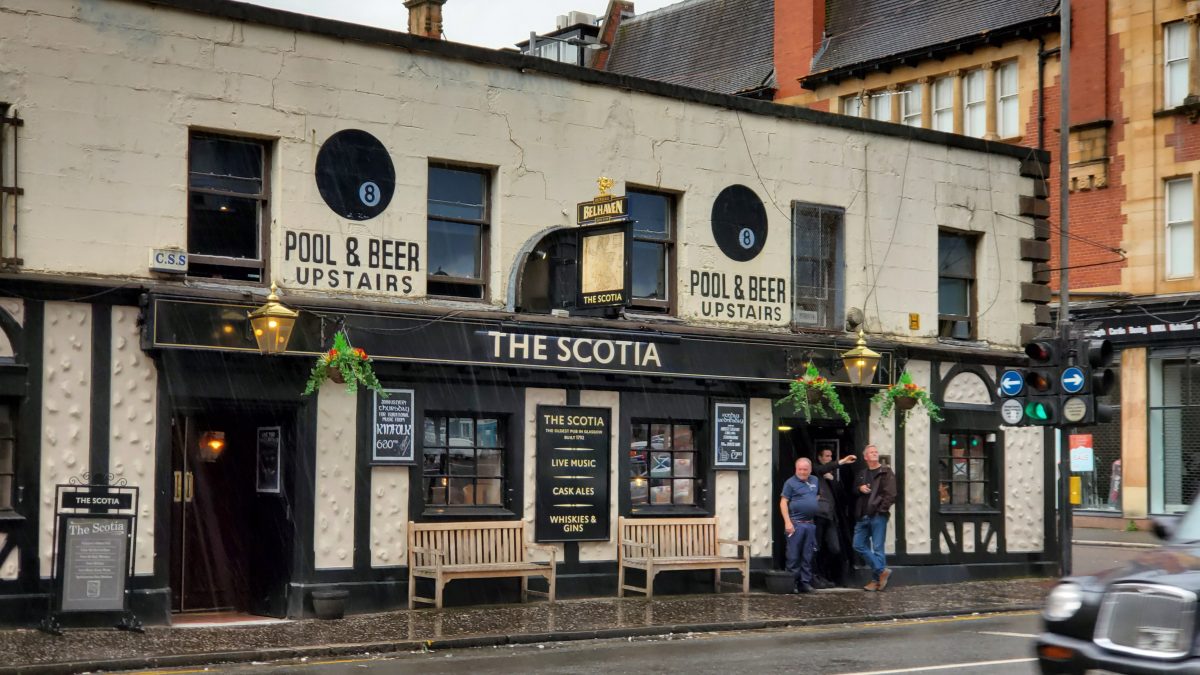
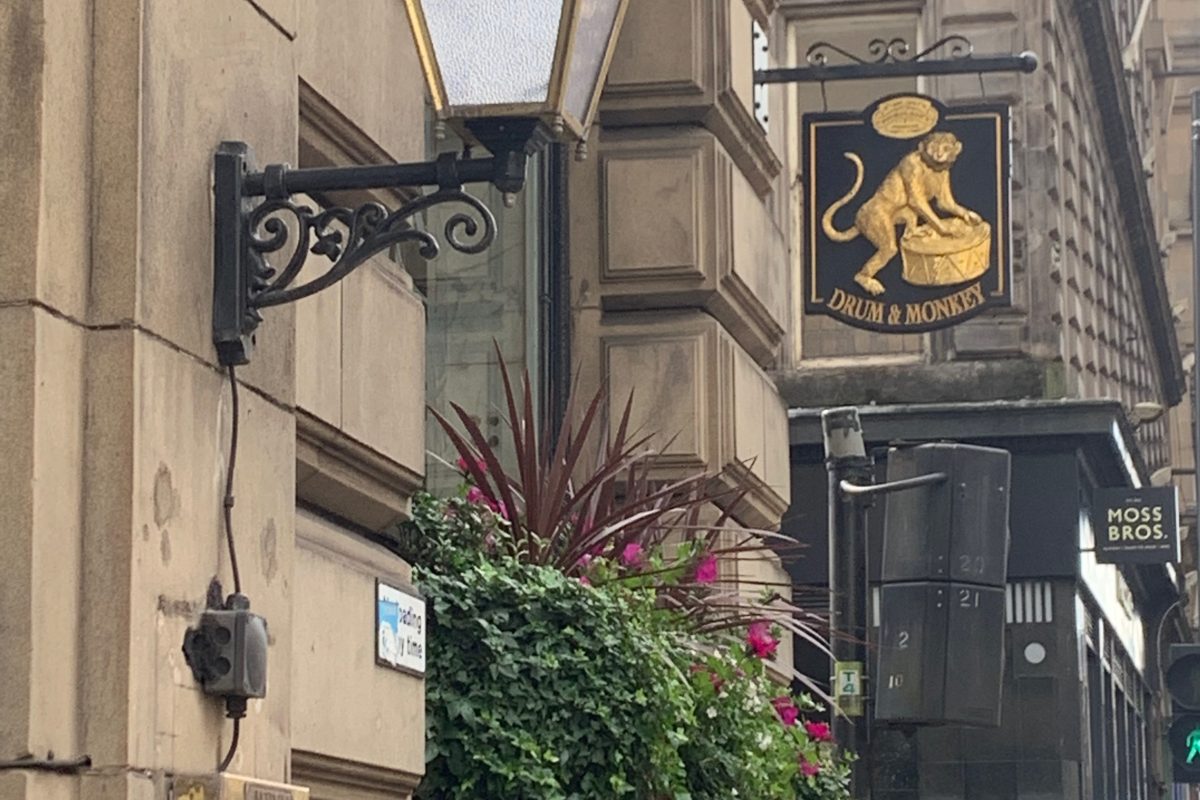

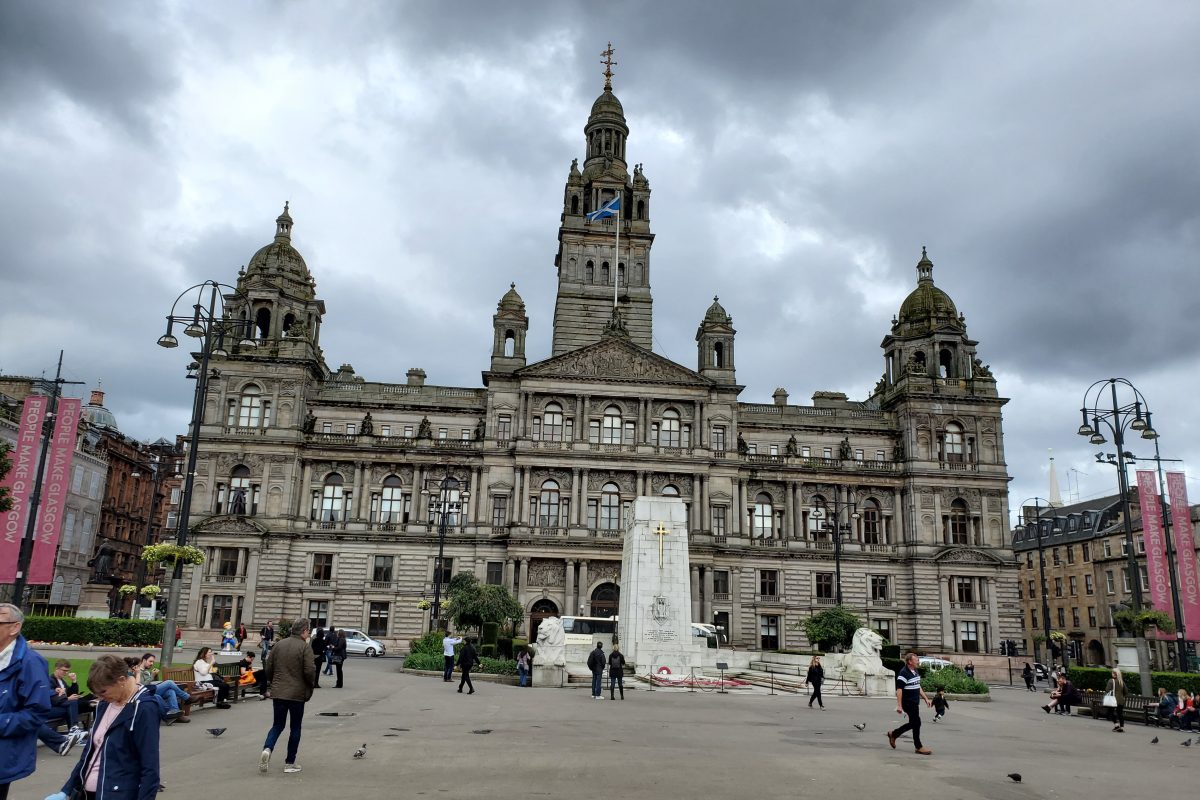
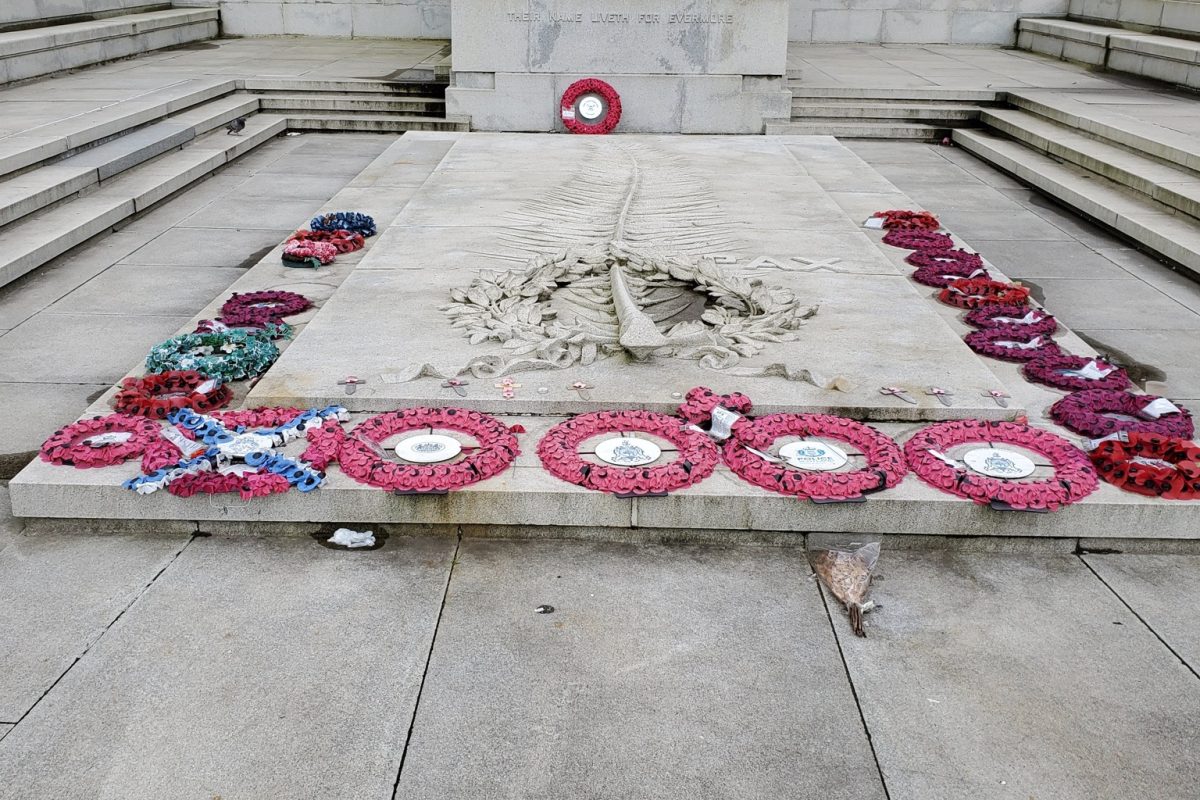
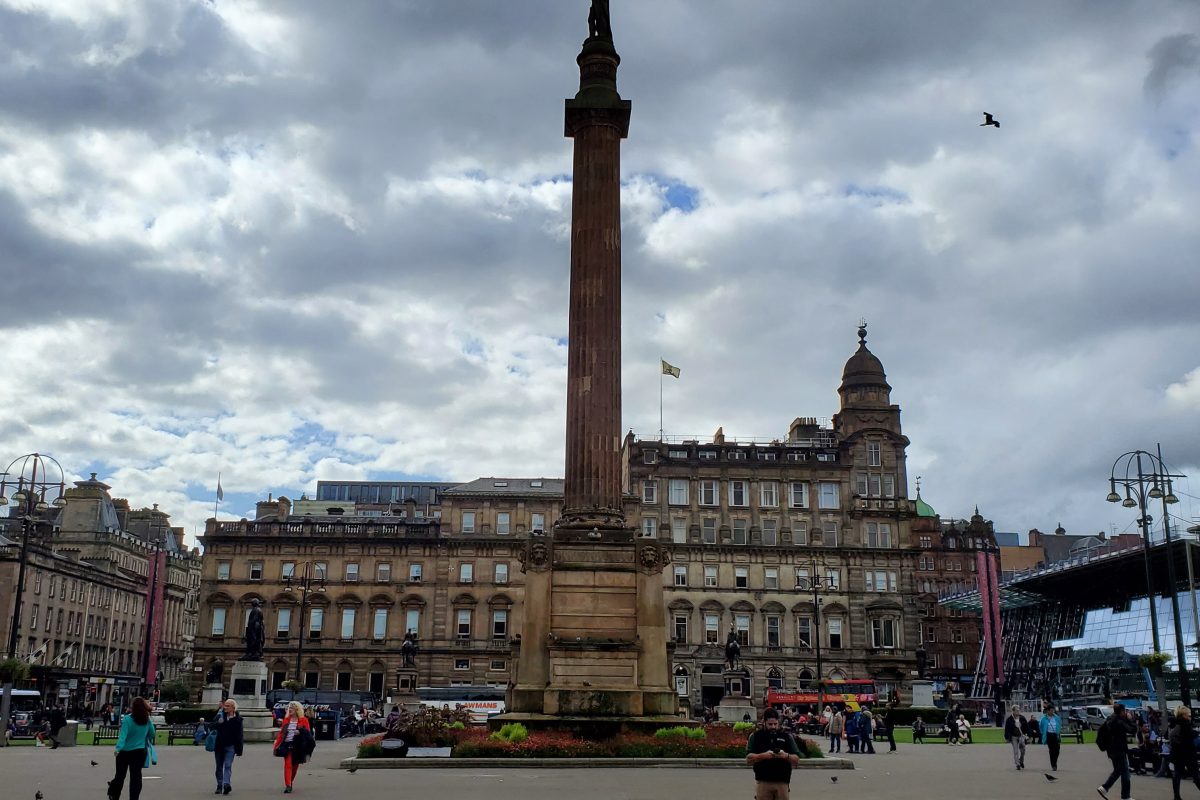
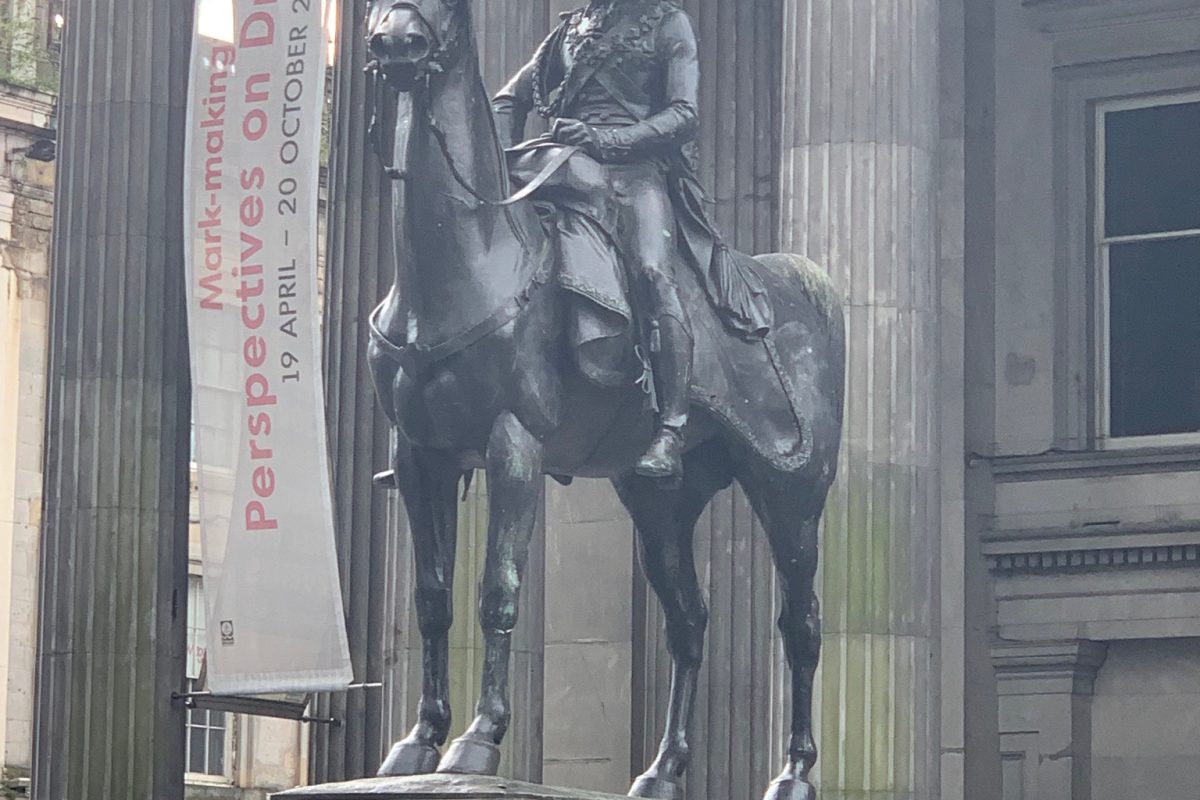
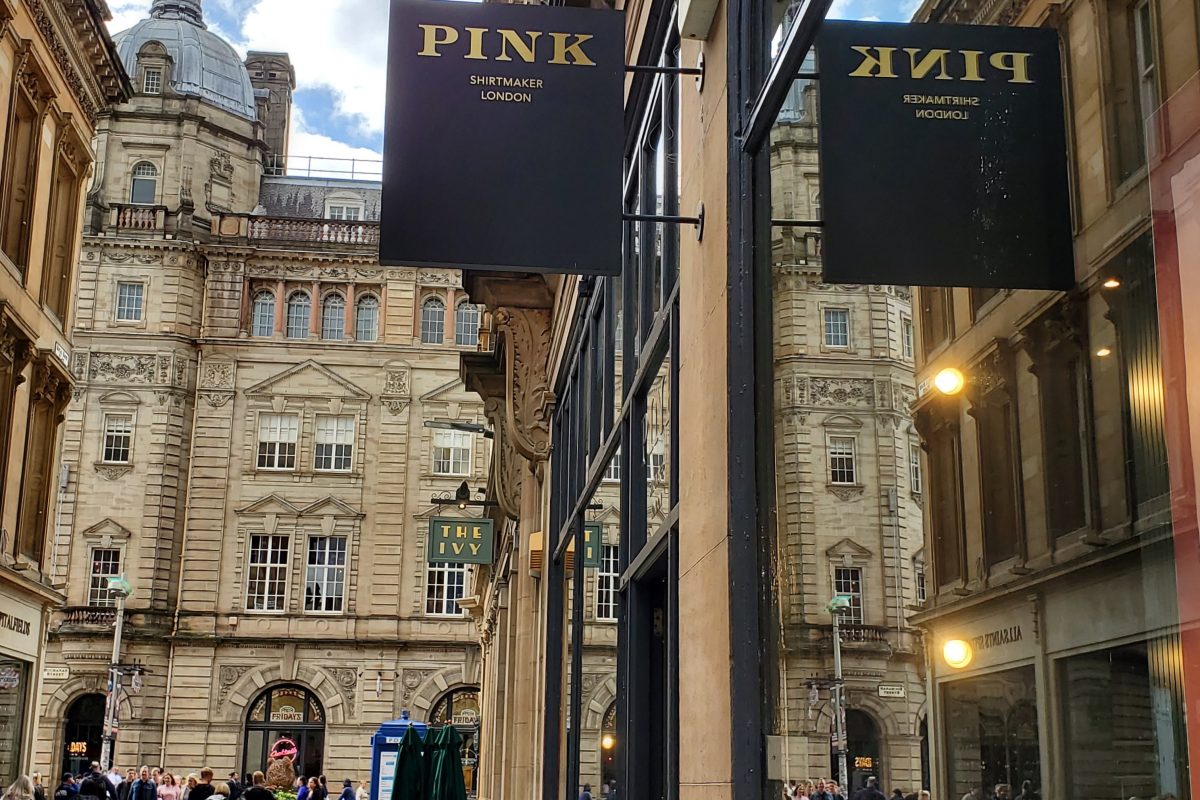
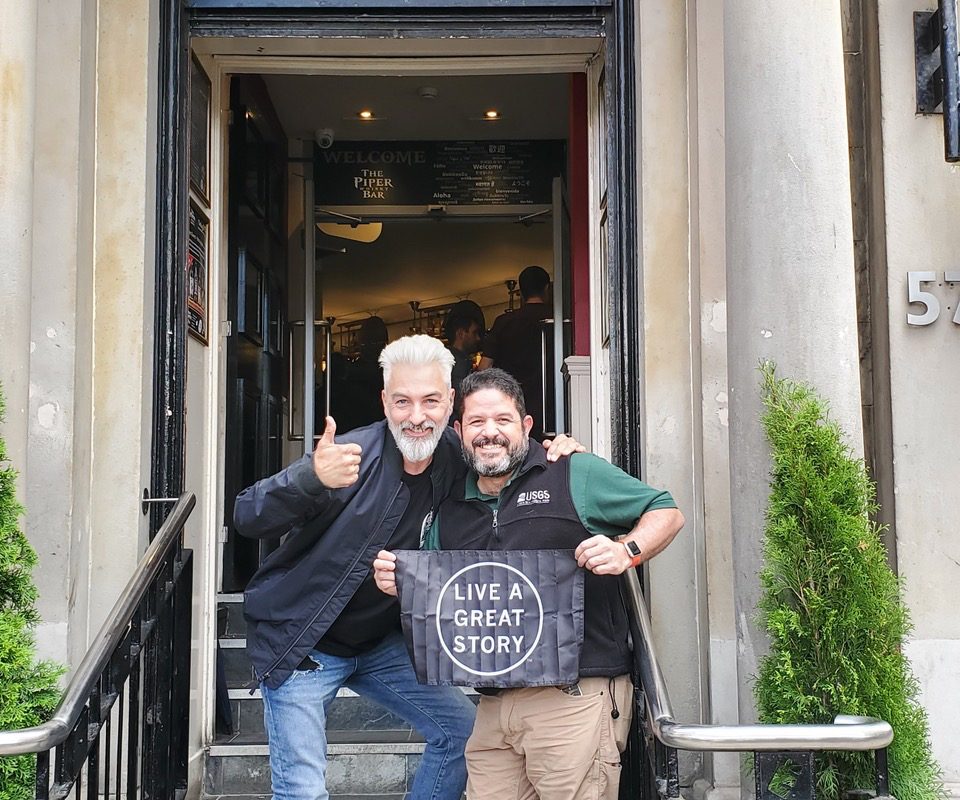
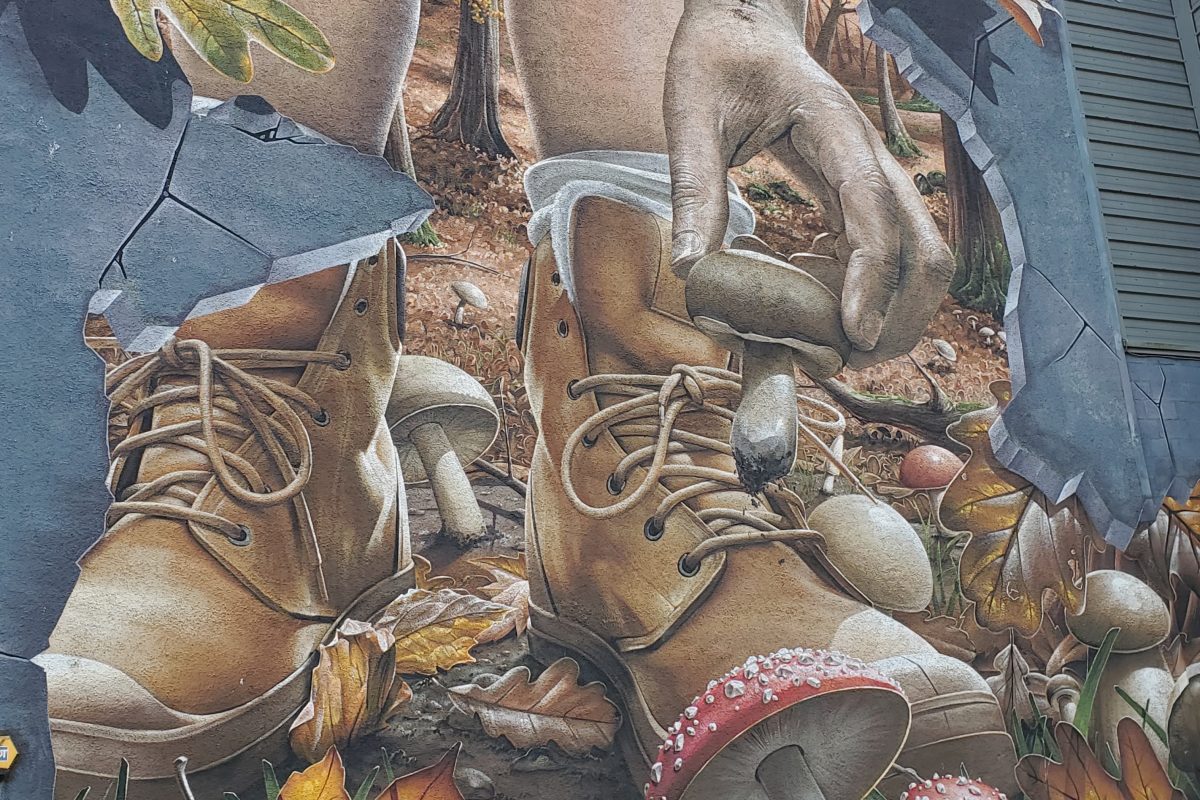
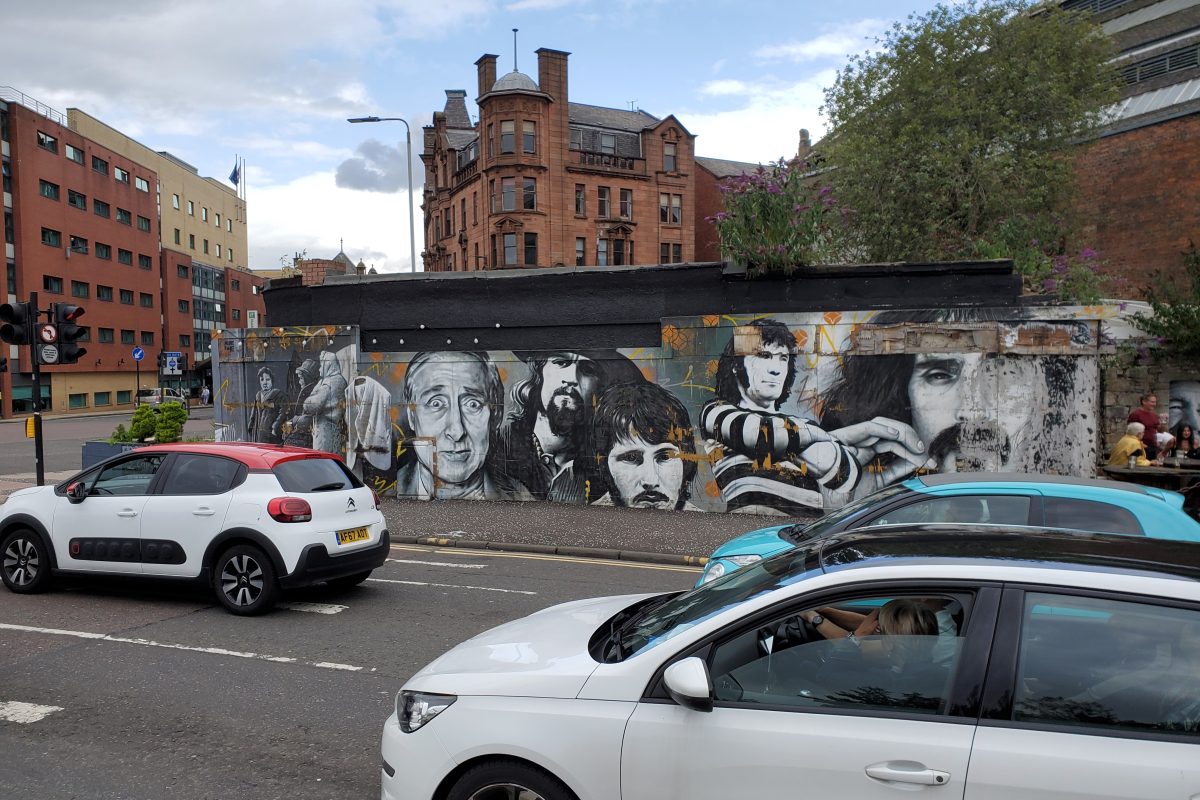
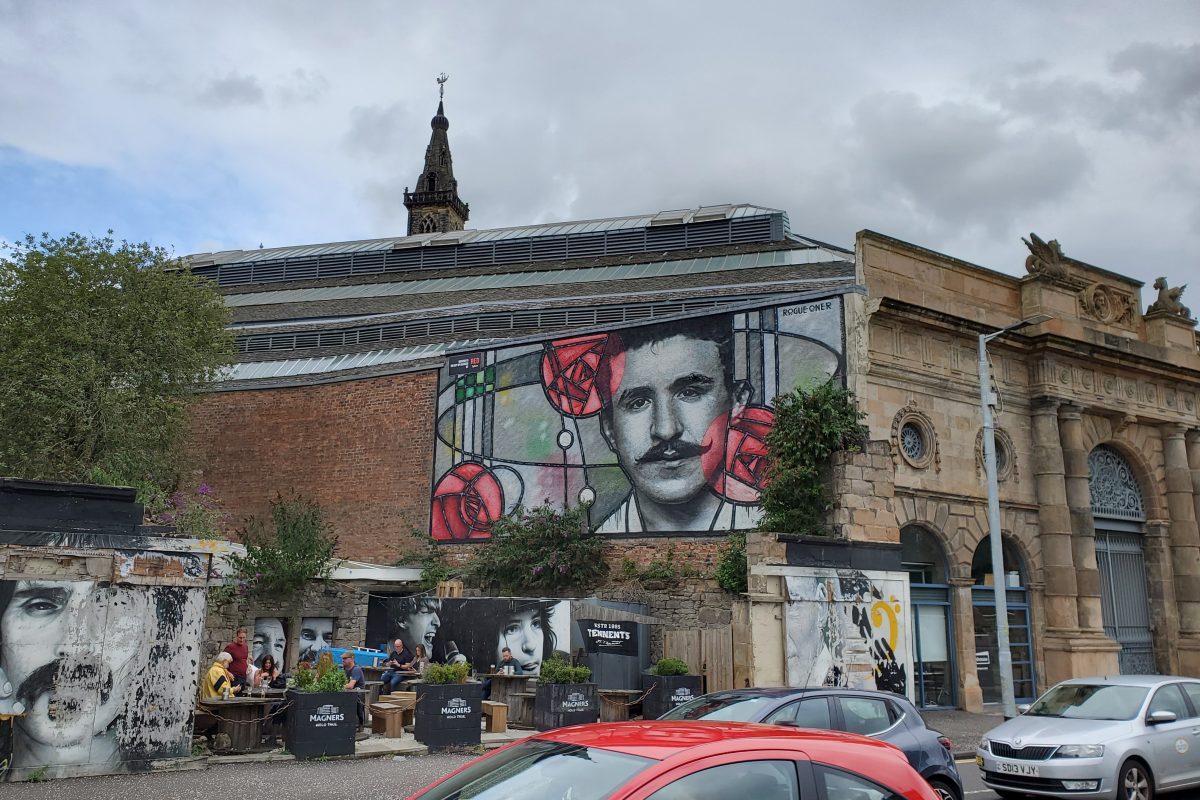
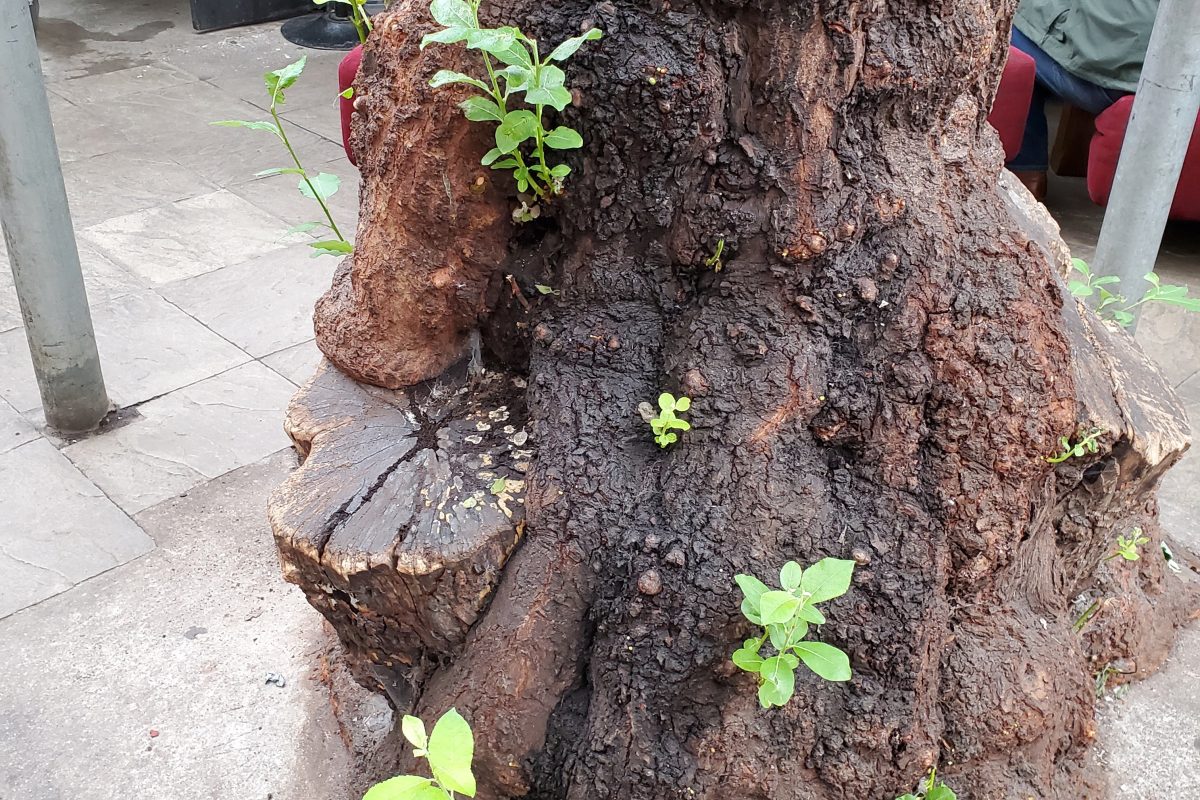
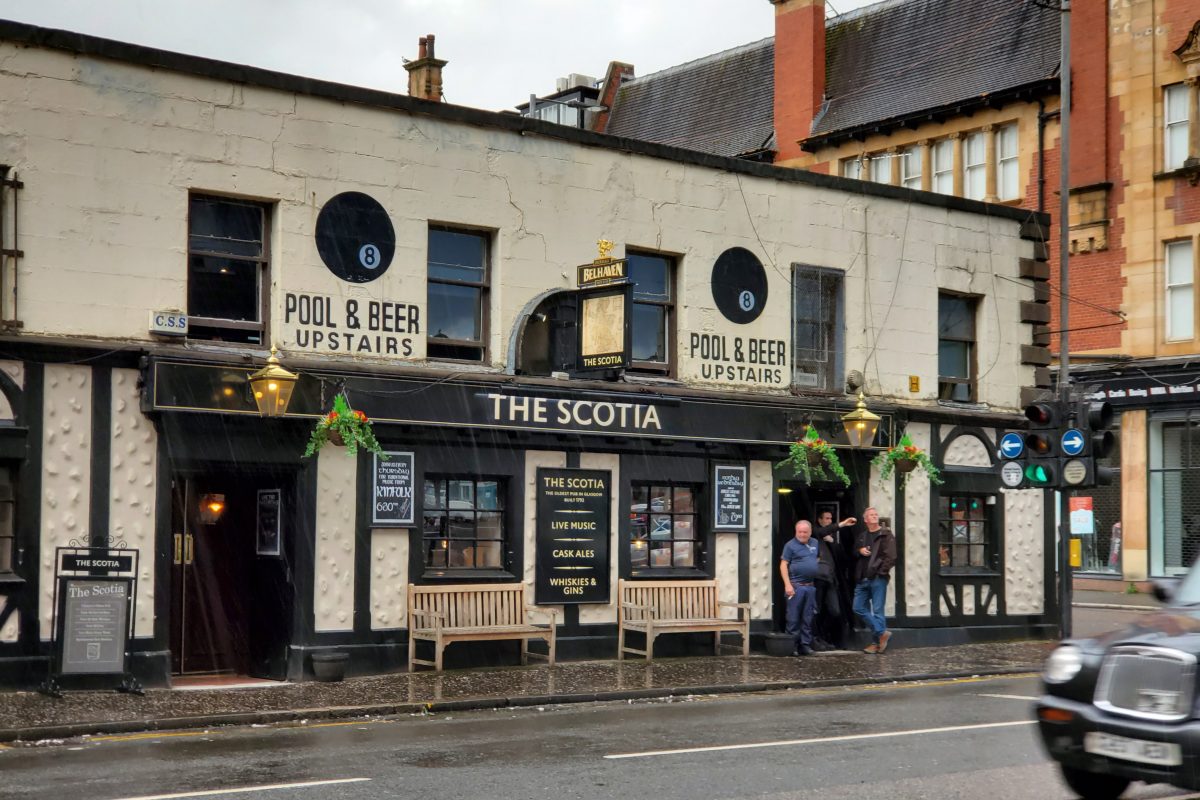
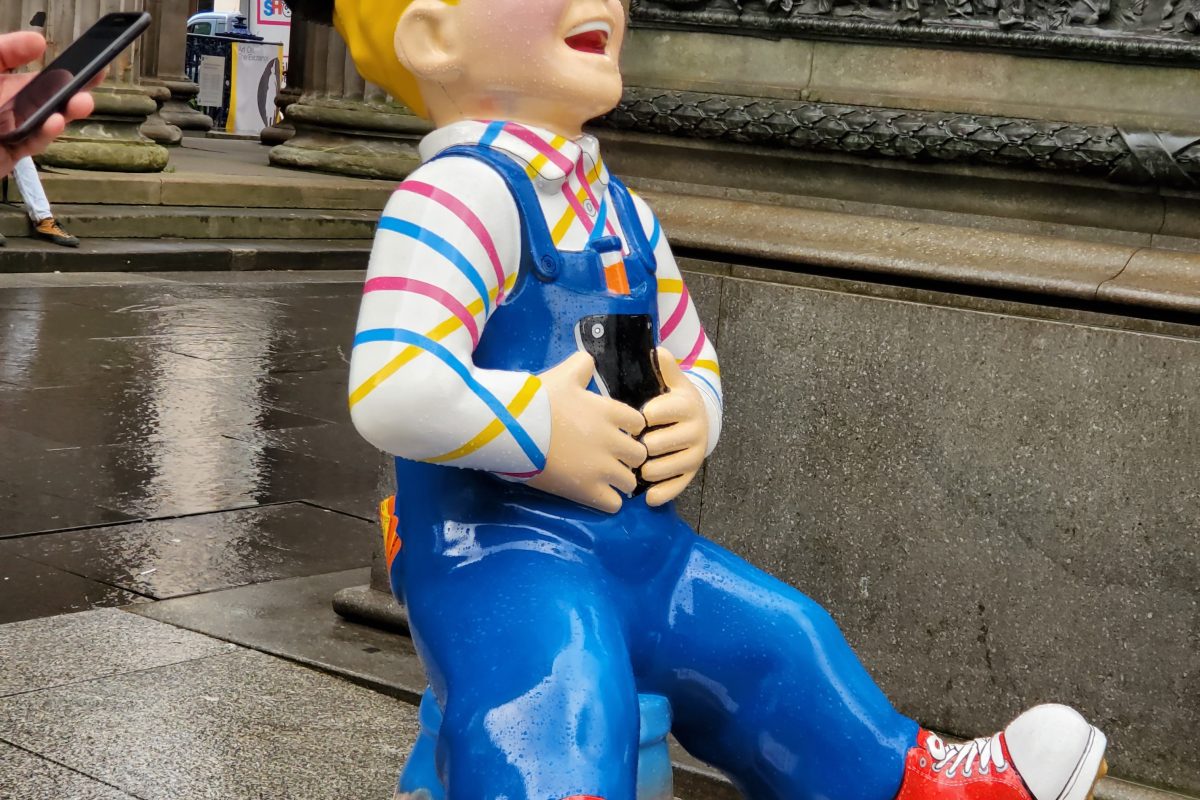
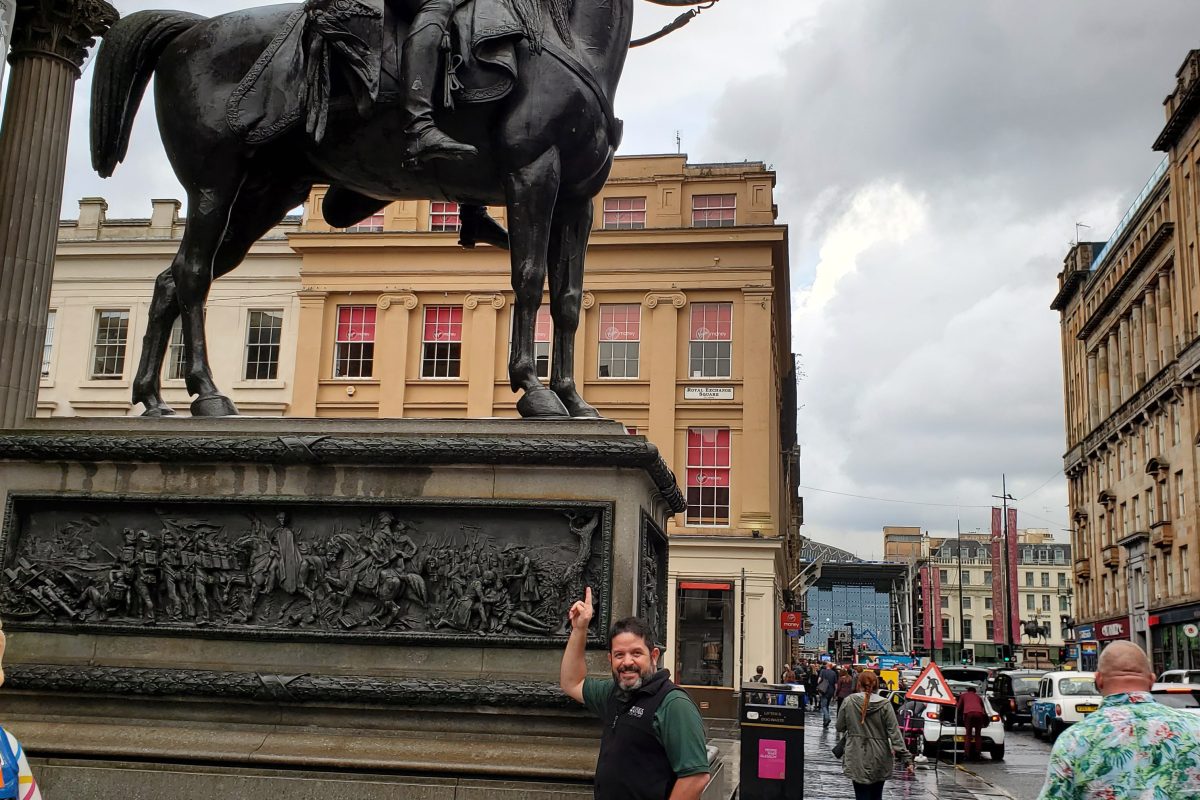
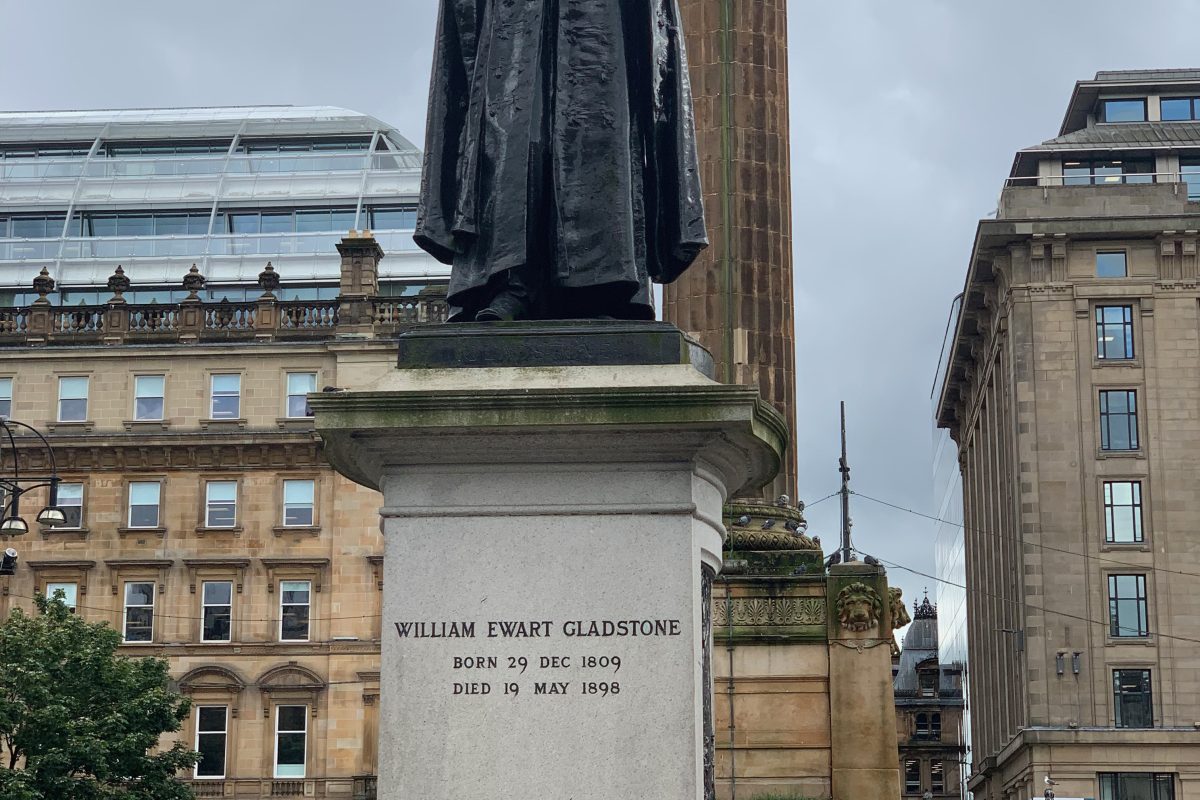
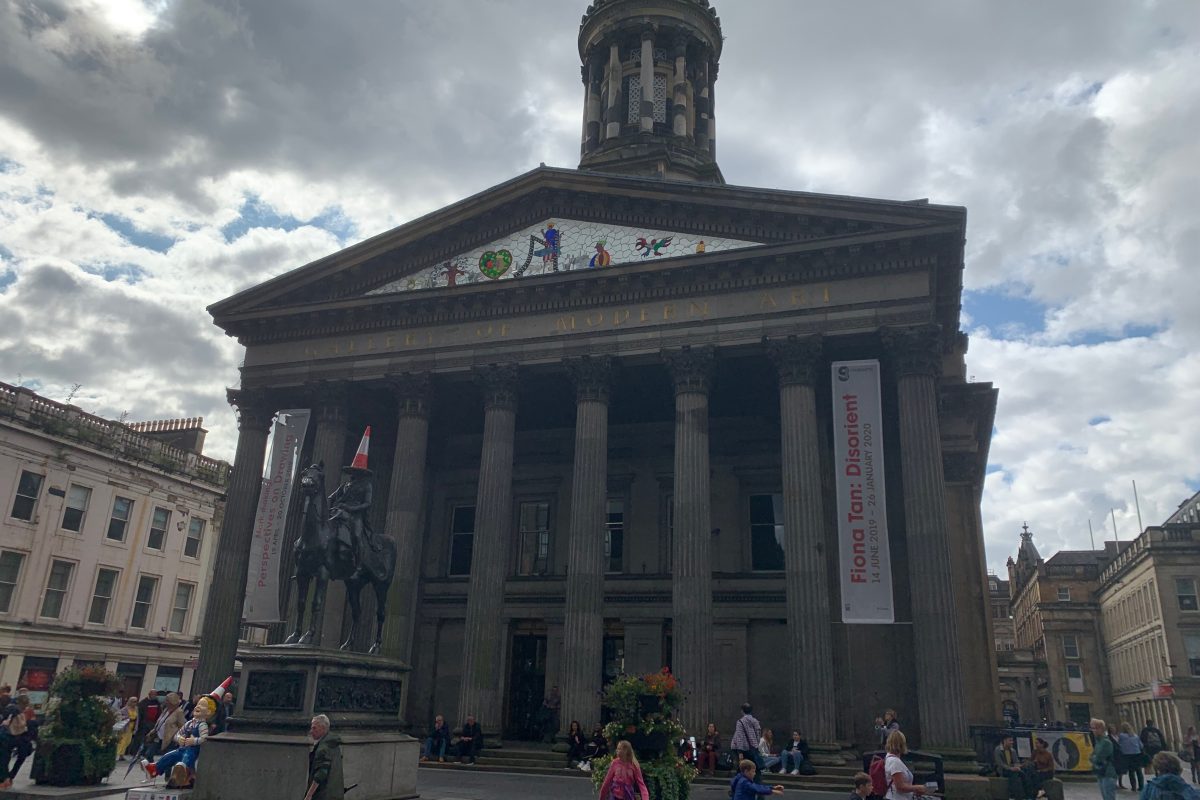



Leave a reply
You must be logged in to post a comment.